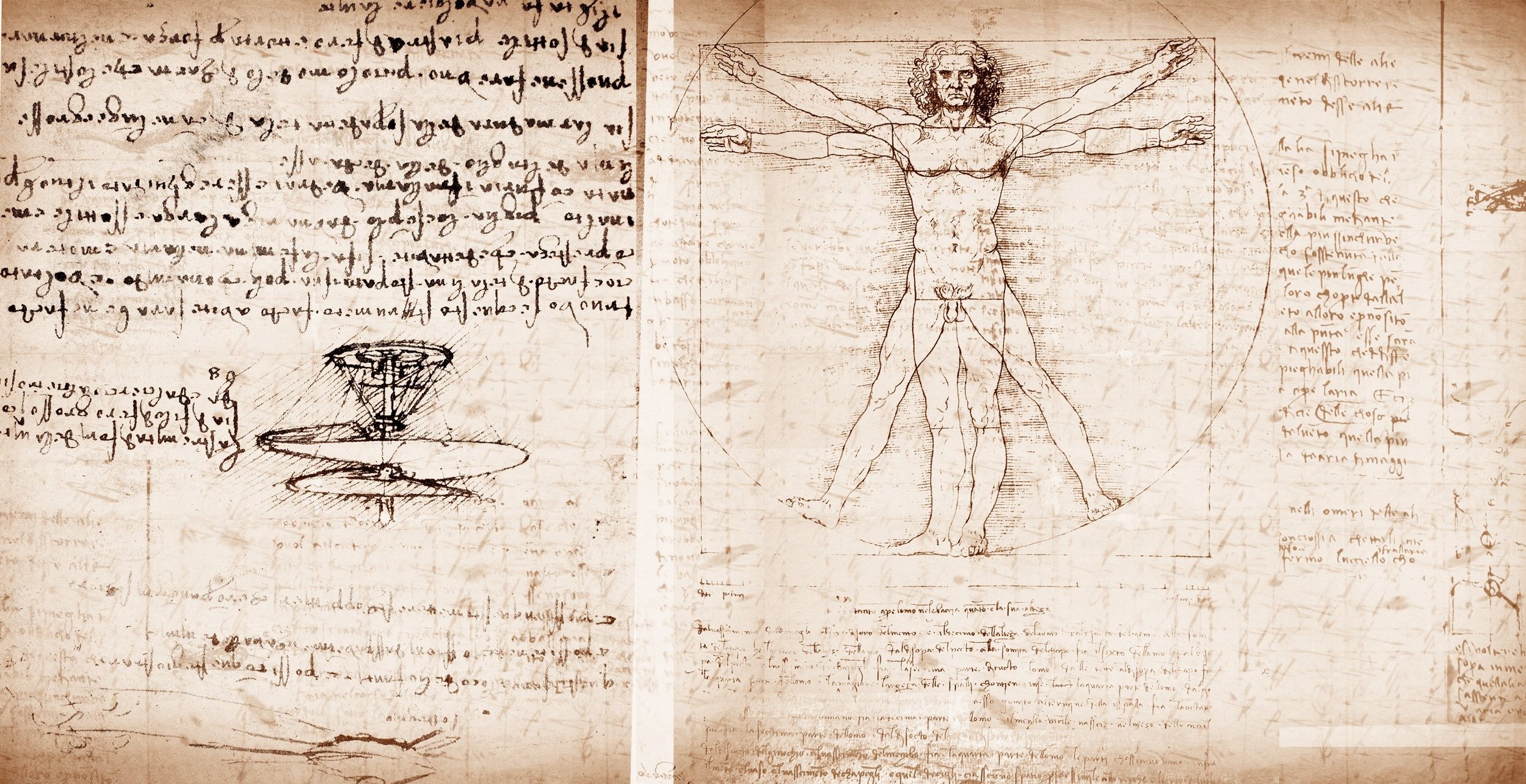Evaporative Air Cooler
Cooler Climate With Water
-
Save Money
Cost-effective reduction in utility cost and practical maintenance.
-
Microclimate Change
Create cool environments for production and entertainment.
-
Sustainable Design
Replaceable parts incorporate with other designs for renewable projects.

Inspired by Willis Carrier
1902 (Age 26)
On January 2, 1906, Carrier was granted U.S. Patent 808,897 for an Apparatus for Treating Air, the world's first spray-type air conditioner.
View in a straight line from the Palace of Legion of Honor restored, vintage engraved illustration. Magasin Pittoresque 1873.
Willis Carrier
Carrier invented the first electrical air conditioning unit in 1902. In 1915, he founded Carrier Corporation, a company specializing in the manufacture and distribution of heating, ventilation, and air conditioning (HVAC) systems.
Evaporative Cooling
Rainwater
Introducing Eco-Breeze
Southwest Settlers of the 1920s and 1930s slept in screened porches, roofs, or other outside facilities and they hung wet sheets to gain relief from summer heat.
Harnessing the Power of Evaporative Cooling: Willis Haviland Carrier's Gift to Desert Climates
Amidst the sweltering heat of desert climates, where relief from scorching temperatures is a precious commodity, the concept of evaporative cooling has emerged as a savior. This ingenious method, pioneered by the 20th-century engineer and inventor Willis Haviland Carrier, has the remarkable power to transform hot, arid environments into oases of comfort. In this blog post, we'll explore the fascinating world of evaporative cooling, pay homage to the visionary Willis Haviland Carrier, and make the case for why these cooling systems are indispensable in desert regions.
Before we delve into the marvel of evaporative cooling, let's shine a spotlight on Willis Haviland Carrier, an engineer whose innovations revolutionized the field of climate control. In the early 20th century, Carrier's groundbreaking work led to the invention of modern air conditioning systems, setting the stage for advancements in cooling technology, including evaporative cooling.
Evaporative cooling is a simple yet remarkably effective way to beat the heat. At its core, it relies on the natural process of water evaporation to lower temperatures. Here's how it works:
Evaporative Cooler: A key component is the evaporative cooler, also known as a swamp cooler or desert cooler. It consists of a water reservoir, a water distribution system, and a fan.
Water Evaporation: The cooler saturates absorbent pads or a mesh with water from the reservoir. As hot, dry air is drawn through these pads or mesh by the fan, the air naturally evaporates the water, absorbing heat in the process.
Cool Air Output: The now-cooled and humidified air is then circulated into the living or working space, providing a refreshing and comfortable environment.
A Sustainable Solution for Desert Comfort
It might seem counterintuitive to use water for cooling in desert climates where water is scarce. However, evaporative cooling is uniquely suited to arid regions. This method is most effective in hot, dry climates where the air is not already saturated with moisture. In such environments, evaporative cooling can achieve substantial temperature reductions, often making it the most energy-efficient and eco-friendly solution.
Evaporative cooling systems have numerous advantages for desert dwellers. They are energy-efficient, consume less electricity compared to traditional air conditioning, and require less maintenance. Furthermore, they operate seamlessly with minimal environmental impact, making them a sustainable choice for cooling in water-scarce regions.
As we bask in the cool breeze of evaporative cooling in the heart of the desert, we celebrate the genius of Willis Haviland Carrier and the innovation that has transformed hot, arid climates into havens of comfort. Evaporative cooling is not just a solution for desert regions; it is the ideal solution. In a world where sustainability and comfort go hand in hand, evaporative cooling systems stand as a testament to human adaptability and our ability to create oasis-like sanctuaries even in the most challenging of environments.




